It’s no secret that Africa captured my heart from a young age (hello, Lion King), and kept it ever since. If you haven’t been to Africa it’s time to plan a trip. With an incredible history, diverse cultures, and of course storybook animals – you’ll be able to find somewhere that will steal your heart in Africa. Kenya will always have a special place in my heart. It’s considered home to some of the best safari parks in the world! While many visitors only think of the Great Migration in the Masaai Mara Game Reserve, there are a variety of safari parks in Kenya worth visiting!
When planning a trip to Kenya, it can be a bit overwhelming with where to go. There are just so many options and an incredible variety of habitats. That’s why I teamed up with travel bloggers to bring you descriptions of the parks so you can decide which parks are the best for your trip! Be sure to get your free Kenya travel guide (pictures below) for practical tips and information for your trip!
If you like this post, be sure to sign up for my e-mail list for travel inspiration (and get your FREE budget printable), or connect with me on Facebook, Instagram, Twitter, or Pinterest.
This post contains affiliate links. This means if you purchase something, I may make a small commission at no cost to you.

Maasai Mara National Park
The most renowned safari park in Kenya is the breathtaking Maasai Mara. It’s the best place to see the Great Migration – the annual movement of wildebeest, zebra, and gazelle between Kenya and Tanzania. The Mara is also home to the elusive leopard, lions, and cheetahs! “The Mara” as it’s commonly referred as, was established as a wildlife sanctuary in 1961. The terrain of the reserve is primarily open grassland making it a great wildlife spotting destination.
One of my favorite things to do (that truly was worth the $500 additional fee) was to take a hot air balloon ride at sunrise. Waking up at 3:00am was not fun, nor driving in the dark, but to see the sun rise over giraffes and hyenas was worth it. It made me feel connected to nature in a way I’ve never felt before (or since!). After the hot air balloon ride, we were treated to a champagne breakfast in the Serengeti. Everything was temporary (even the bathroom) so we didn’t leave anything behind!
One of the best places to stay in the Maasai Mara Park is Mara Bush Camp. You can check out my full review of this amazing camp here.
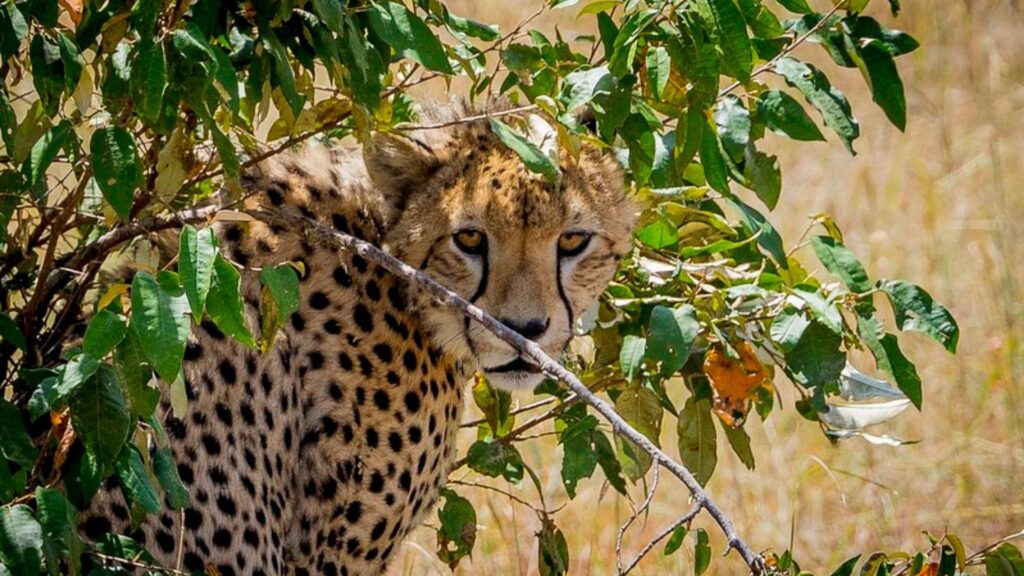
Samburu National Reserve
The wild and remote Samburu National Reserves lies hidden away in northern Kenya, with landscapes that are very different from the grasslands of the Masai Mara. Here you’ll find lofty mountain escarpments punctuating semi-arid plains, with the Ewaso Ng’iro river snaking through the heart of the reserve.
One of the main reasons to come here is to see the Samburu Special Five – a collection of unique animals endemic to northern Kenya. These include an ostrich, zebra, and giraffe, as well as an unusual antelope called the ‘gerenuk’ which stands on its hind legs to eat shoots from high tree branches.
There are lots of safari activities to enjoy here, with game drives being the most popular. Bush walks and night drives are on offer in the surrounding conservancies, as well as sumptuous bush breakfasts on the banks of the river. The animals and local Samburu cattle herders use the dry riverbed as a bit of a motorway in their search for water, so it’s a great place for wildlife sightings.
The best place to stay is Saruni Samburu in the adjacent Kalama Conservancy. Views from the private luxury suites and infinity pools stretch far out across the reserve, and the warrior guides are incredibly knowledgeable about their home area. For something different, you can go scorpion hunting at night, or walk down to the concealed hide and watch elephants drinking from the waterhole.
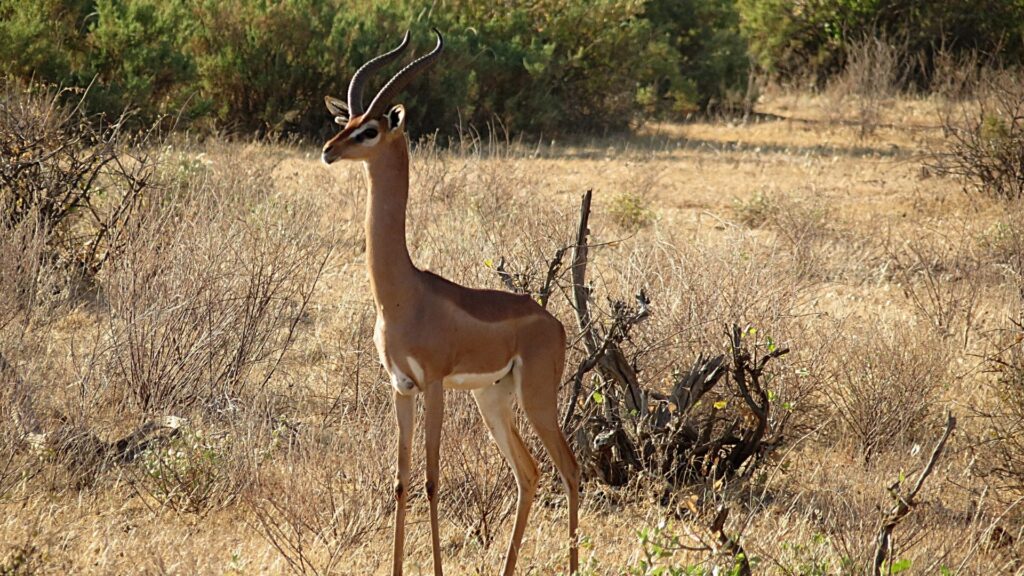

Crescent Island, Lake Navaisha
Located in the Lake Naivasha, Crescent Island offers a unique opportunity to do a walking safari. The island was populated with animals to shoot a movie. The animals remained afterwards and multiples and now have a big population of all sorts including zebras, giraffes and wildebeests.
The way to get there is to arrive at Lake Naivasha which is an amazing place on its own. There’s plenty of birds to watch and tons of hippos to watch. From there you’re I’ll need to book the walking safari and take a guide with you. The usual cost is $40-60 for this excursion. You will be taken via bot to the crescent island with your designated ranger to begin the safari.
The hippos love to chill at the edge of the island as well as waterbucks. The island is quite beautiful and walking around is really fun. The giraffes are especially beautiful so close to you without the barrier of a safari jeep. The walking safari takes 2-3 hours and is a great chance to explore the small island as well as the animals which are usually shy and run away the moment you come close to them. Here though. without predators they have becomes bolder. The rangers also act as guides and provide useful information and fun facts about the place.
A walking safari in Crescent island and Lake Naivasha is a unique experience not to be missed.

Meru National Park
Meru National Park, located east of Mount Kenya and around 350 km from Nairobi, is a must-visit. Established in 1966 and encompassing an area of 870 km², this beautiful grassland park has an unspoiled feel to it and is particularly attractive to those looking to get even more off of the beaten path. This, however, does not mean a lack of infrastructure. As part of one of the richest African countries, the region has the facilities and groundwork to cater to the international traveler. The park features a luxuriant jungle, numerous rivers, tall grassland, and lush swamps. Featuring a dedicated rhino sanctuary, Meru National Park is one of the best places to see rhinos in the wilderness among the other Big Five. Other animals that live in the area include hippos, gazelle, reedbucks, and a countless number of bird species.
The variety of wildlife in Meru makes it one of the best safari parks in Kenya! Rainfall in this area is abundant and the best time to visit would be during the dry season of July to October. The park is easily reached from Nairobi via Nyeri-Nanyuki-Meru or via Embu all-weather roads. It is also small enough that it can be seen in a day, although an additional day is recommended to get a good feel of this undiscovered region.

Mount Kenya National Park
Mount Kenya National Park is still relatively young. It was opened in 1949 and is also home to the 2nd largest mountain in Africa. This beautiful mountain alone with its 5200 meters height is a highlight of Mount Kenya National Park. But this is not the only natural spectacle. There are also numerous glaciers and lakes and unique animal species to admire. This is just one of the reasons why it was declared a UNESCO World Heritage Site in 1997. Every year numerous hikers make a pilgrimage to this national park to hike up Mount Kenya. The way to the top requires some experience. The slogan for the hike is “Come touch the sky”. This National Park is especially recommended for anyone who is an enthusiastic adventurer. But of course there is also the possibility of a more relaxed tour, where you can see the unique nature and biodiversity of Africa. A highlight are certainly the leopards. Here you can find more information about Africa Travel Guides.
Location: It is a 2-3 hour drive from Nairobi. You can either book a tour and get picked up in Nairobi, or drive yourself with a rental car. If you book a tour, accommodation is already taken care of. But don’t worry, there are also numerous guesthouses and camping sites. The best time to visit would be between December and March.
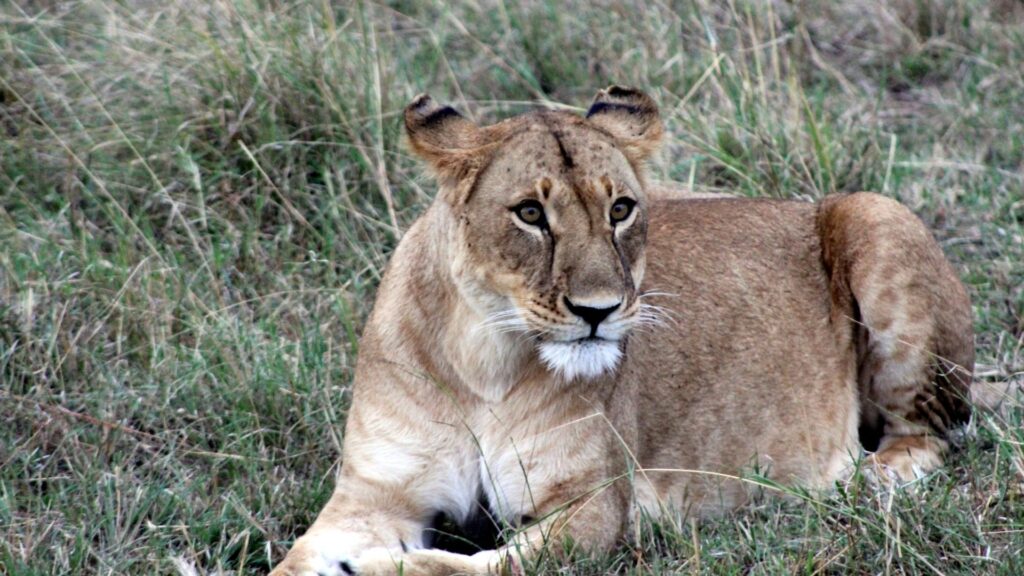

Lake Nakuru National Park
Located about 5,800 feet (1800m) above sea level rests the beautiful Lake Nakuru. This lake is protected as part of the Lake Nakuru National Park. The Lake used to attract a huge quantity of flamingos due to its abundance of algae. Thousands of birds still flourish in the area, but many of the flamingos have migrated to Lake Bogoria (they can still be spotted in Lake Nakuru though). In 2013, the lake received an alarming increase in water levels that were not beneficial to the algae and flamingos.
Due to the variety of habitat located in the park, it’s not only the best safari park in Kenya for bird watching, but also baboons! Baboons frequent the area and can be spotted in the trees. Eastern black rhinos have also been introduced to the park and peacefully wander. We were luck to spot these four male rhinoceroses during our drive through the park. Lake Nakuru National Park has one of the largest concentrations of rhinoceroses in the country. Flamingo Hill Camp is a great place to stay in the area – with mouthwatering food for dinner!
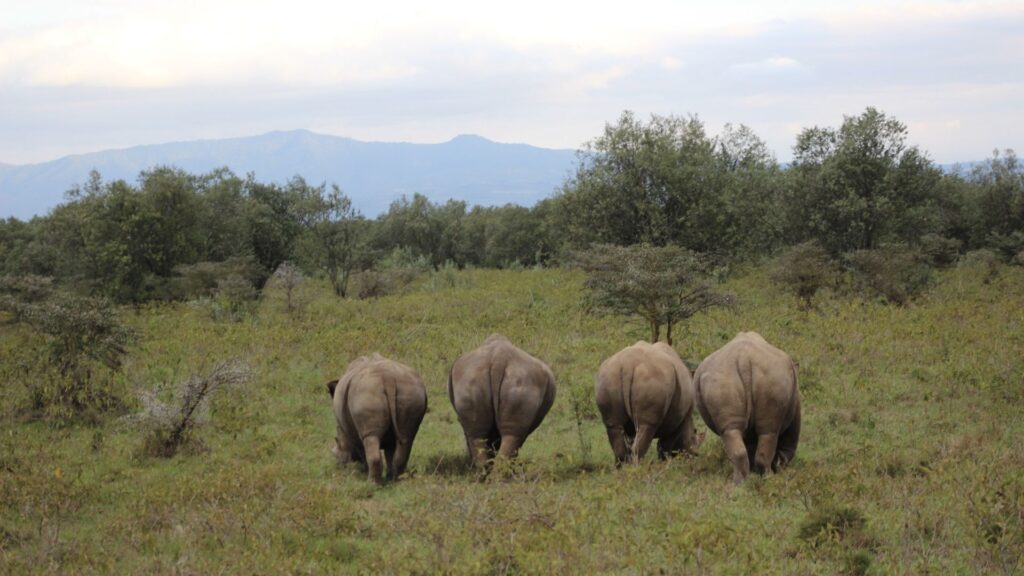
Hell’s Gate National Park
Located in western Kenya near the town of Naivasha, Hell’s Gate National Park is one of the best destinations in Kenya if what you’re looking for is a bit of a unique safari experience. What makes Hell’s Gate so special is that, due to the fact that there are no major predators here, you can actually enjoy a walking and cycling safari! Not only will this give you a totally different perspective of the bush, but you’ll also get the chance to get close and personal with the animals and the breathtaking scenery that surrounds the area.
Another aspect that makes Hell’s Gate so special is its unique scenery made up of cliffs and gorges that you can spend hours hiking through. It’s also a somewhat geothermal hotspot, which means there are tons of natural hot springs sitting in the middle of the unique rock formations that make up the park.
There are a few campsites inside of Hell’s Gate if you’re up for spending a night in the wilderness. If you’d rather have a few more amenities, you can find tons of accommodation options for every budget in nearby Naivasha (a fabulous option is Lake Naivasha Resort).
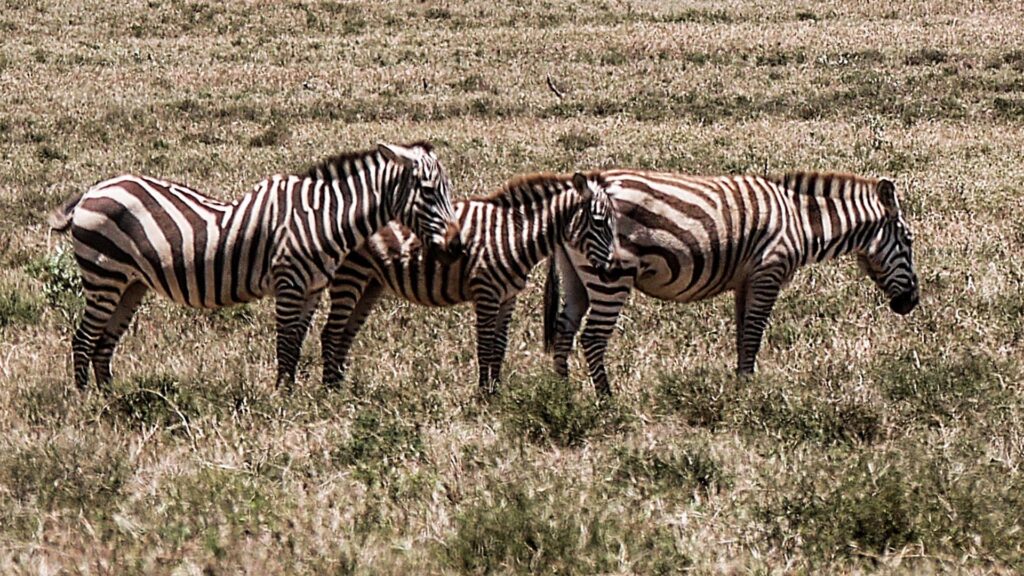
Tsavo West
One of the best safari destinations in Kenya is Tsavo West National Park. It can easily be combined with a trip to Tsavo East, which is just across the road. Both parks are located around a 3 hour drive from Mombasa, which could be a good option for a base if you plan on exploring Tsavo National Park. The West side of the park is a little more overgrown compared to the East, which does make it more difficult to spot ‘The Big Five’ while on a game drive. It is awesome for bird watching though. There are several unique features of Tsavo West, such as its red soil, the volcanic landscape, and the Shetani Lava Flows.
A great thing to see in this part of the National Park, is the Mzima Springs. This natural spring is home to crocodiles and hippos, which can often be seen close the the surface of the spring. A short walking trail leads to an underwater viewing area, but views of the hippos may be obstructed by hundreds of fish! This unique experience makes Tsavo West one of the best safari parks in Kenya!
Tsavo West is home to the Kilaguni Serena Safari Lodge. A highlight of a stay at this luxury lodge, is the main communal seating area which looks out over a large watering hole. Early in the morning, it is full of many different species, including: giraffes, monkeys, antelope and more.
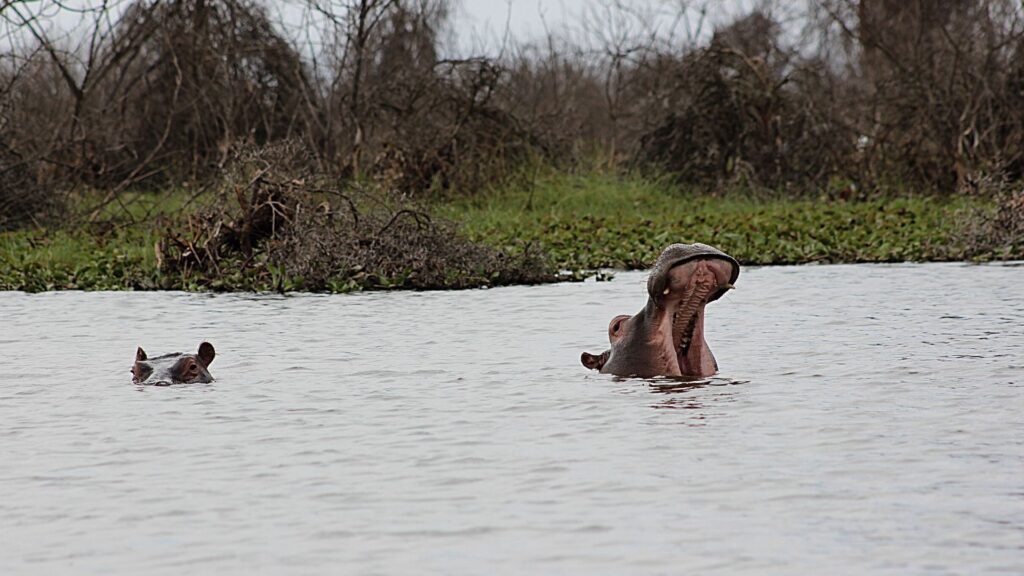
Tsavo East
Tsavo East National Park is the largest and oldest national park in Kenya and forms half of the largest protected area in Kenya, Tsavo National Park which combines Tsavo East and Tsavo West. Tsavo East is lesser known and an underrated gem when thinking about a safari in Kenya, it is a budget friendly destination that is easy to cover as part of a 3-day Tsavo Safari tour meaning it is great for a family friendly safari.
Tsavo East is easily accessed by road from both Nairobi and Mombasa or by train or bus to the town of Voi. Inside the park, you can find a range of safari lodge accommodation and there are plenty of opportunities to spot ‘The Big 5’ as Tsavo East is flat and dry with savannah grassland and acacia trees. Tsavo East is home to herds of Kenya’s famous red elephants, named after the dusty red roads throughout the park, you can also spot lions, giraffes, buffalo, leopards, zebra, wild boards and many more mammals, Tsavo is also home to over 500 species of unique birds.
The Yatta Plateau is the one of the main attractions of Tsavo East National park, after the wildlife of course. The Yatta Plateau is the world’s longest lava flow at 300km long and it runs along the boundary of the park on the western side. Tsavo East and West both have incredible things to see making them two of the best safari parks in Kenya!
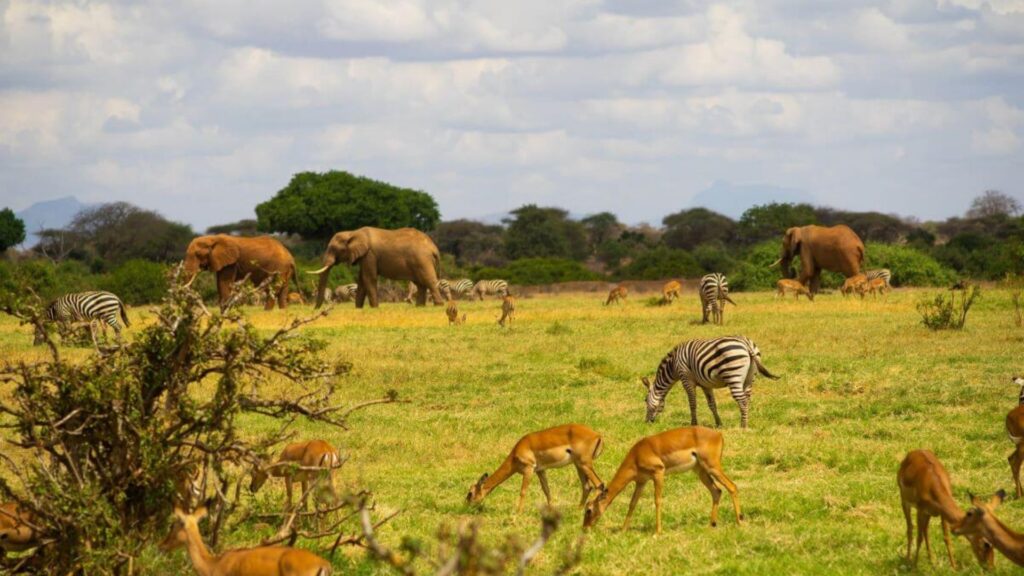
Amboseli National Park
Amboseli National Park, just 3 hours from Nairobi is one of the most scenic safari experiences in Africa as it is set against majestic Mount Kilimanjaro. The Park is huge at 400 sqm and is one of the best places to see African elephants in their natural habitats. Would you believe over 1600 of these gorgeous creatures live in Amboseli? The incredible size of the park makes it one of the best safari parks in Kenya!
Amboseli Lake is a popular spot to sight animals and make sure to ask your driver to stop at Telegraph Hill for your lunch for the most outstanding views over the Lake. A hot air balloon safari is a must-do in Amboseli. It offers you magnificent views of Kilimanjaro Mountain and the wildlife in the park (including giraffes, lions, zebras, and elephants). It’s the ultimate bucket list-worthy experience.
A great place to stay in Amboseli is at the unique Maasai Simba Camp, which is owned & operated by a Maasai tribe. Your room is a comfortable but basic wooden cabin. Part of your accommodation package here is a sunset and sunrise walking safari with a Masai warrior as well as the opportunity to meet with Maasai women. Worth noting is this camp is located on the outskirts of the park and not within the park itself. If you wish to stay within the National Park – Amboseli Serena Safari Lodge is an excellent option.
Getting to Amboseli – located just 240km southeast of Nairobi. It is easily reached by car or taxi from Nairobi. Alternatively, you can catch the train from Nairobi to the nearby Emali station and get a taxi or hotel pick-up to the park from there.
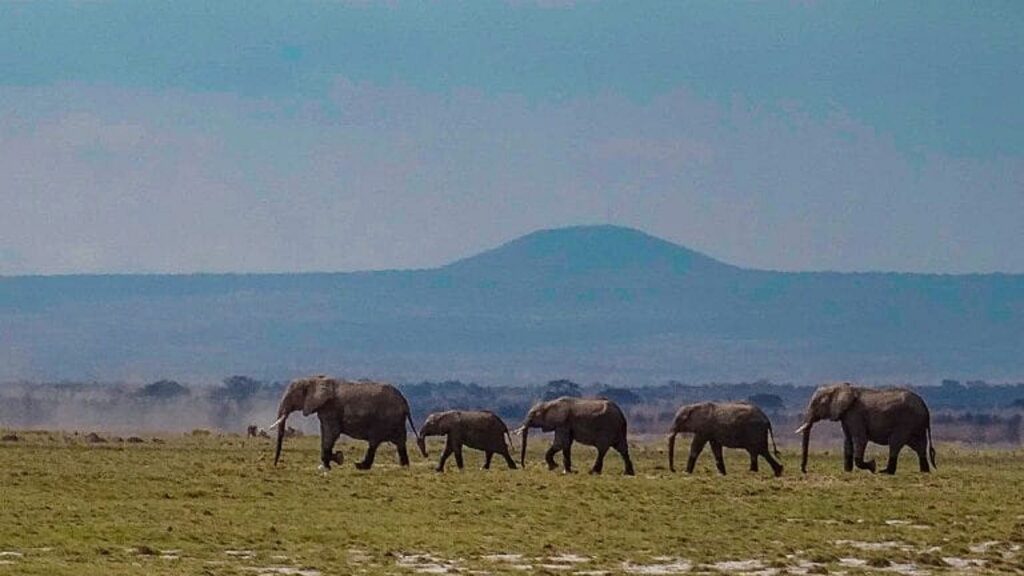

Kimana Sanctuary
Kimana Sanctuary is Kenya’s hidden gem safari park in Kenya that only the locals know. This pocket-sized conservancy sits next door to its superstar sister Amboseli. It has the same Mount Kilimanjaro views, the same population of Big Tuskers but only a fraction of the tourists. Kimana Sanctuary is 5700 acres located in an elephant corridor that stretches between the Chyulu Hills and Amboseli. The corridor is used by some of the last bull elephants known as Tuskers, famed for their enormous tusks which reach nearly to the floor. Sadly, poaching in the area and human-wildlife conflict means that many of them are accompanied by 24-hour armed guards. The sanctuary is home to all the Big 5 but it’s the sheer quantity of elephants that makes it special. Kimana sits under the shadow of Africa’s highest mountain, Mount Kilimanjaro. They say the best view of Kilimanjaro from here, and it is hard to disagree. The famous white peak is visible from nearly everywhere in the picture-perfect park.
Kimana Sanctuary has two options for accommodation. You can stay in the lushly palatial Kimana House, a sprawling safari-style home that has 4 bedrooms or you can choose to camp. Kimana is one of my favorite places for camping in Kenya. The sites are next to a stream where animals come to drink and owls roost in the trees. Completely wild camping, we’ve had elephant and hyena walk through the camp
Kimana is special for its intimacy and quantity and quality of wildlife. It is notable for its lack of tourists it is one of my favourite wildlife conservancies in Kenya.
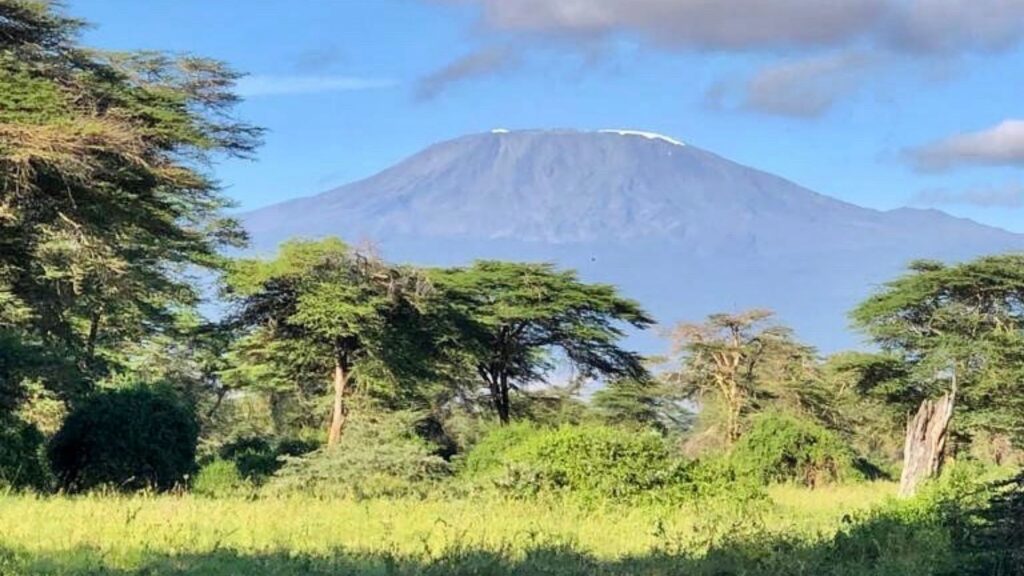
Read More about Kenya
10 FAQ’s for Visiting Amboseli National Park
Take a Hot Air Balloon Ride over the Masai Mara
Visiting Sheldrick Wildlife Trust in Nairobi

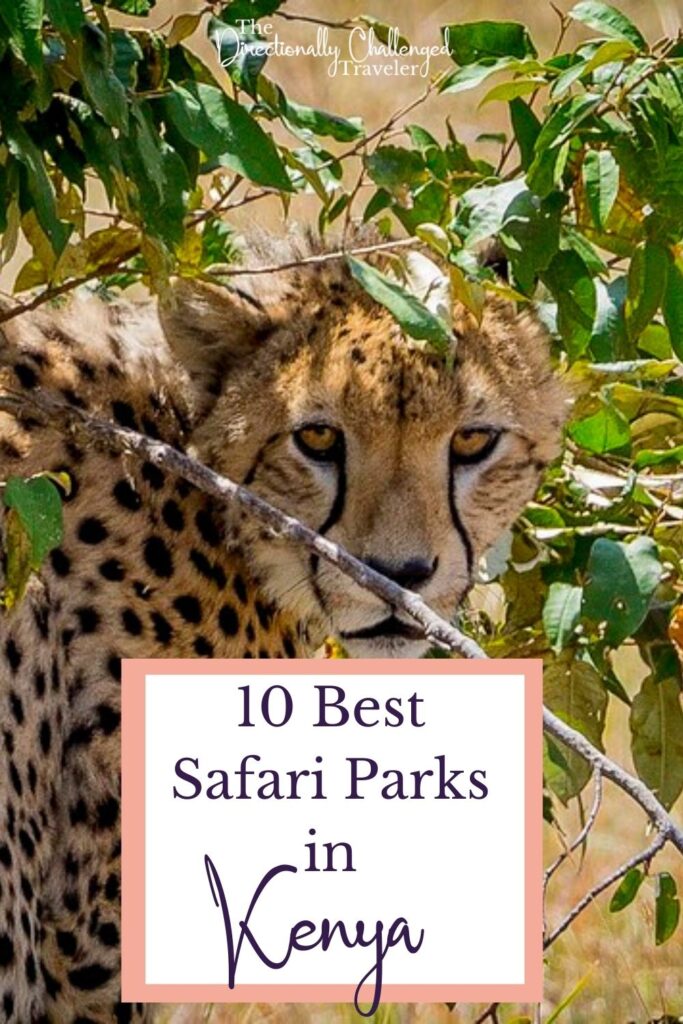

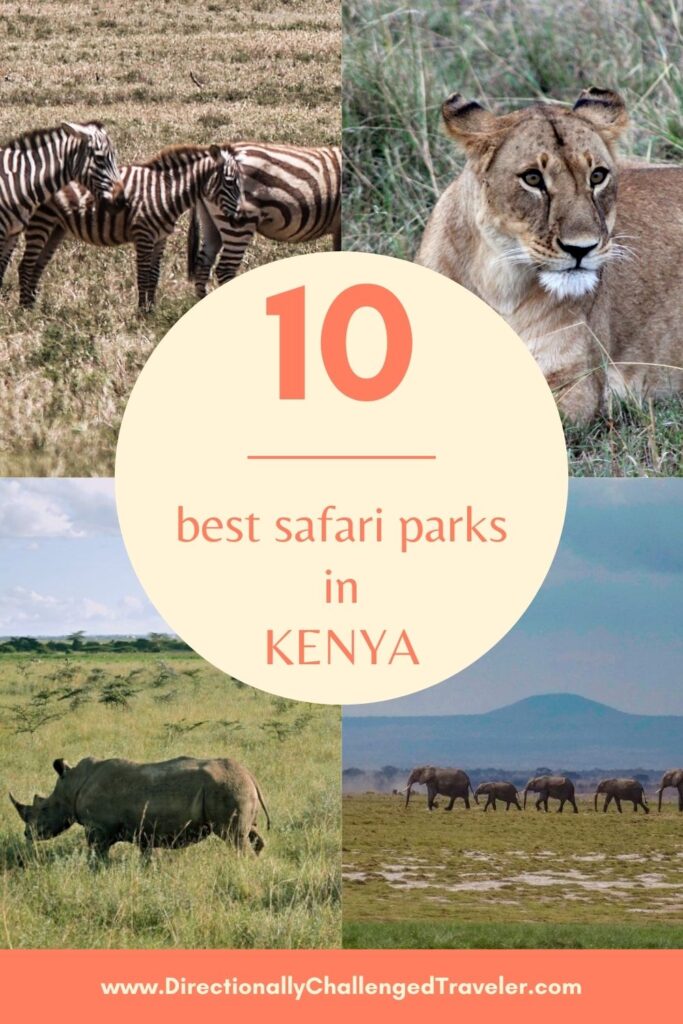
I hope one day to do such a Safari. Thanks for letting your readers virtually experience it.
Wow i never knew there are so many National parks in Kenya..Can’t wait to explore this beautiful land.
I wouldn’t have known the first thing about picking a safari park to visit while in Kenya, so this was really interesting to read. Thanks for sharing!
I’ve had many trips to Kenya cancelled in the past so this is going to be a fab resource for me for when I start planning again!
Oh I hope you get to go soon! Kenya is truly magical!
Such a helpful list! We have only started to consider an Africa adventure but your blog on the different parks is a great starting point as we begin our research. I loved reading about the hot air balloon ride…we did one in AZ and loved it. You are right, it’s totally worth it. I can’t imagine taking a ride in Africa!